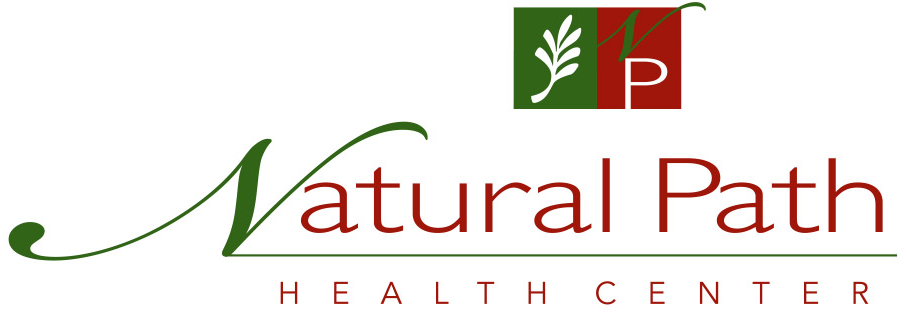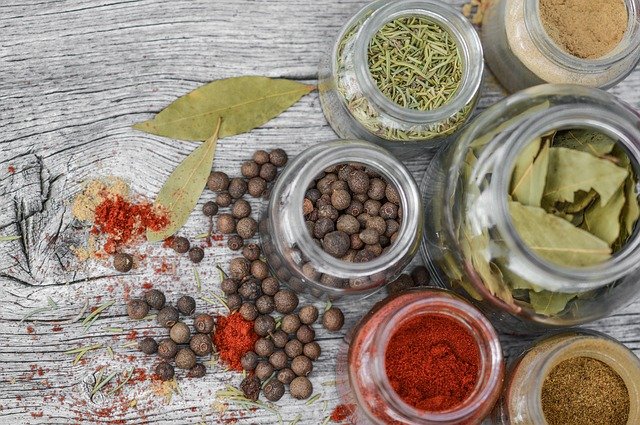Over 131 million adults (that’s 66%!) in the US currently use prescription medications. Each medication interacts with the foods, supplements and other medications a person takes. Most of these interactions are minor and are of relatively little concern. However, several are important, as they can lead to serious health effects.
In a previous post, I outlined several important medication-food interactions that those that use prescription medications need to be aware of so as to minimize unwanted health effects. In this post, we’ll discuss some known interactions between medications and botanicals.
Medication-Herb Interactions
It’s been estimated that about 25% of US adults use supplements in conjunction with medications. At least some of these supplements contain botanicals (herbs) either singly or in herbal combinations. Herbal combinations can add a layer of complexity to the medication-herb interaction dilemma because each herb can have many active constituents. While research on this subject is constantly evolving, there are several large databases that can be useful for those that use medications.
The PDR for Herbal Medicines was last published in 2007 and contains a good summary of the research collected up to that date. One of the best current sources of information is a database put out by the Therapeutic Research Center: https://naturalmedicines.therapeuticresearch.com/. While there is a fee for the use of the database, those that use medications will find the information therein invaluable.
Luckily, there are only a few botanicals that have broad interactions with medications; these include Goldenseal (Hydrastis canadensis) and St. John’s wort (Hypericum perforatum). These two botanicals can have a significant impact on a class of enzymes in the liver (called the cytochrome P450 enzymes) that can impact the metabolism of most medications and should therefor be avoided if a person takes ANY prescription medications. In particular, St. John’s Wort shoudl be avoided by those taking cyclosporine (Sandimmune), tacrolimus (Prograf), warfarin (Coumadin), protease inhibitors, irinotecan (Camptosar), theophylline, digoxin, venlafaxine, and oral contraceptives.
Medication-Herb Interactions and Cancer
There has been a particular interest in the potential of medication-herb interactions in those undergoing chemotherapy for cancer treatment, as often times, people with cancer may be trying to do everything they can to achieve their best health outcomes. However, a 2019 review found that six herbs in particular have been shown to negatively interact with chemotherapy medications, including echinacea, garlic, ginseng, grapefruit, milk thistle and St. John’s Wort and should therefore be avoided while a person is undergoing chemotherapy.
References
- Roby CA, Anderson GD, Kantor E, Dryer DA, Burstein AH. St John’s wort: effect on CYP3A4 activity. Clin Pharmacol Ther. 2000;67(5):451–457.
- Gurley BJ, Gardner SF, Hubbard MA, et al. In vivo effects of goldenseal, kava kava, black cohosh, and valerian on human cytochrome P450 1A2, 2D6, 2E1, and 3A4/5 phenotypes. Clin Pharmacol Ther. 2005;77(5):415–426.
- Gurley BJ, Swain A, Hubbard MA, et al. Clinical assessment of CYP2D6-mediated herb-drug interactions in humans: effects of milk thistle, black cohosh, goldenseal, kava kava, St. John’s wort, and Echinacea. Mol Nutr Food Res. 2008;52(7):755–763.
- Fasinu PS, Rapp GK (2019). Herbal interactions with chemotherapy drugs – a focus on clinically significant findings. Frontiers in Oncology, 9, 1356.

